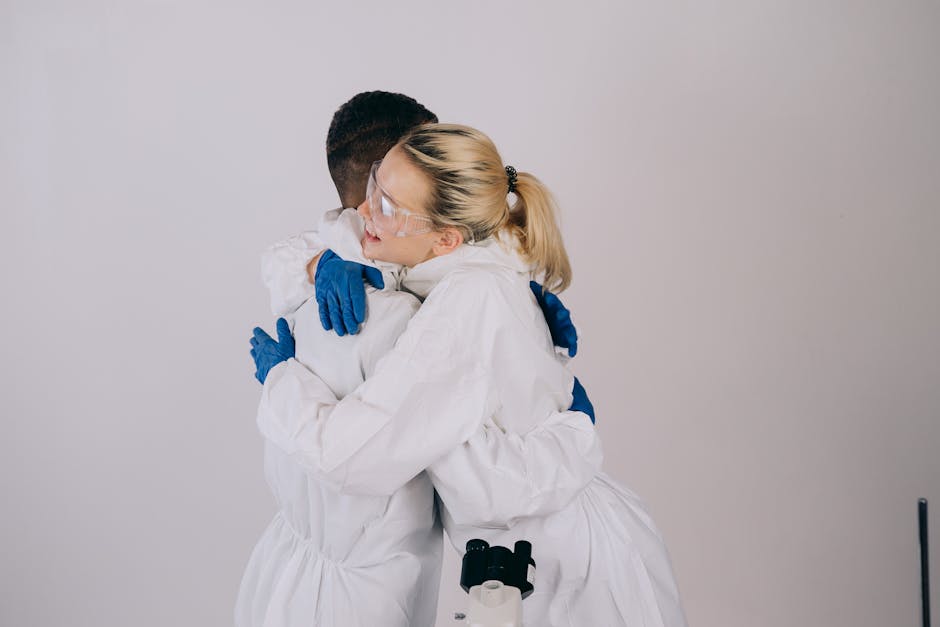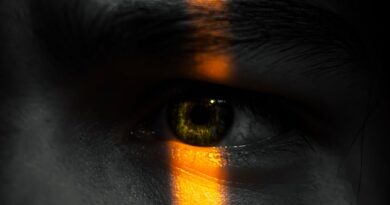The Science Behind Eye Phototherapy
Have you ever wondered how light can help heal your eyes? Eye phototherapy is a fascinating topic that combines science, health, and technology. It uses specific wavelengths of light to treat various eye conditions. Let’s explore this intriguing world together.
What is Eye Phototherapy?

Eye phototherapy, also known as light therapy, uses light to improve eye health. it’s most commonly used to treat conditions like dry eye syndrome, age-related macular degeneration, and even some forms of glaucoma. The therapy involves exposing the eyes to specific types of light, usually in a controlled setting.
It’s like getting a sunbath for your eyes but without the harmful UV rays. This therapy can help reduce inflammation and promote healing. isn’t that remarkable?
How Does Eye Phototherapy Work?

The science behind eye phototherapy revolves around wavelengths of light. Different colors of light have different effects on our bodies. For example:
- Red light: Often used for healing tissues.
- Blue light: Can help with acne and some skin conditions.
- Green light: May reduce glare and improve vision in certain cases.
When you expose your eyes to these lights, the light penetrates the tissues. This triggers biological processes that can help soothe inflammation and stimulate healing. It’s similar to how plants use sunlight to grow and thrive.
What Conditions Can Eye Phototherapy Treat?

Eye phototherapy is versatile. Here are some common conditions it can help with:
- Dry Eye Syndrome: Many people suffer from dry eyes due to various factors, including screen time. Phototherapy can help increase moisture in the eyes.
- Age-Related Macular Degeneration: This condition affects central vision. Research shows that light therapy might slow it’s progression.
- Glaucoma: Light therapy may help manage intraocular pressure, offering another tool for treatment.
Each condition requires a tailored approach. Always consult with a healthcare professional before starting any treatment.
What Does the Research Say?

Studies support the effectiveness of eye phototherapy. A recent study published in the Journal of Ophthalmology found that patients with dry eyes reported significant relief after just a few sessions of light therapy.
Experts note, Light therapy can be a game-changer for those suffering from chronic eye conditions. This highlights it’s growing recognition in modern medicine.
Are There Any Risks or Side Effects?
While eye phototherapy is generally safe, it’s important to be aware of potential risks. Some side effects may include:
- Mild discomfort during treatment.
- Temporary changes in vision.
- Flickering sensations in the eyes.
Most side effects are minor and resolve quickly. However, always discuss any concerns with your eye doctor.
How Does a Session Work?
If you decide to try eye phototherapy, heres what to expect:
- Consultation: Your doctor will assess your condition and discuss the best approach.
- Preparation: You might need to wear protective goggles to shield your eyes from bright lights.
- Session: You will sit in front of a special light device for a set period, usually around 15 to 30 minutes.
- Follow-up: Regular sessions may be needed based on your condition.
Think of it as a mini spa day for your eyes!
Can Anyone Use Eye Phototherapy?
Not everyone is a candidate for eye phototherapy. Certain conditions may exclude some patients. For instance:
- People with specific eye diseases may not benefit.
- Individuals with certain medical histories should consult a doctor.
Always check with your eye care professional to determine if eye phototherapy is right for you.
Common Misconceptions About Eye Phototherapy
Many people have misconceptions about eye phototherapy. Lets clear a few up:
- Myth 1: it’s the same as laser eye surgery.
- Myth 2: It causes permanent damage.
- Myth 3: it’s only for severe conditions.
Eye phototherapy is non-invasive and designed to heal rather than harm. it’s always best to seek factual information from healthcare providers.
What Can You Do at Home?
While professional treatment is important, you can also take care of your eyes at home. Here are some tips:
- Limit screen time: Give your eyes regular breaks.
- Stay hydrated: Drink plenty of water to keep your eyes moist.
- Use artificial tears: These can help alleviate dry eye symptoms.
Simple changes can make a big difference in your eye health.
what’s Next in Eye Phototherapy?
Research continues to advance in the field of eye care. Scientists are exploring new light wavelengths and technologies. This could lead to even more effective treatments in the future.
As eye phototherapy gains popularity, expect to see more clinics offering these services. The goal is to provide safer and more effective options for everyone.
Concluding Thoughts
Eye phototherapy is an exciting development in eye health. With minimal risks and a variety of benefits, it represents a promising option for many. If you have a condition that could benefit from this therapy, consider discussing it with your eye doctor.
Take care of your eyes. They are essential for experiencing the world around you!
For more on eye health, check out our related post: Eye Care Tips for a Healthier Vision.



